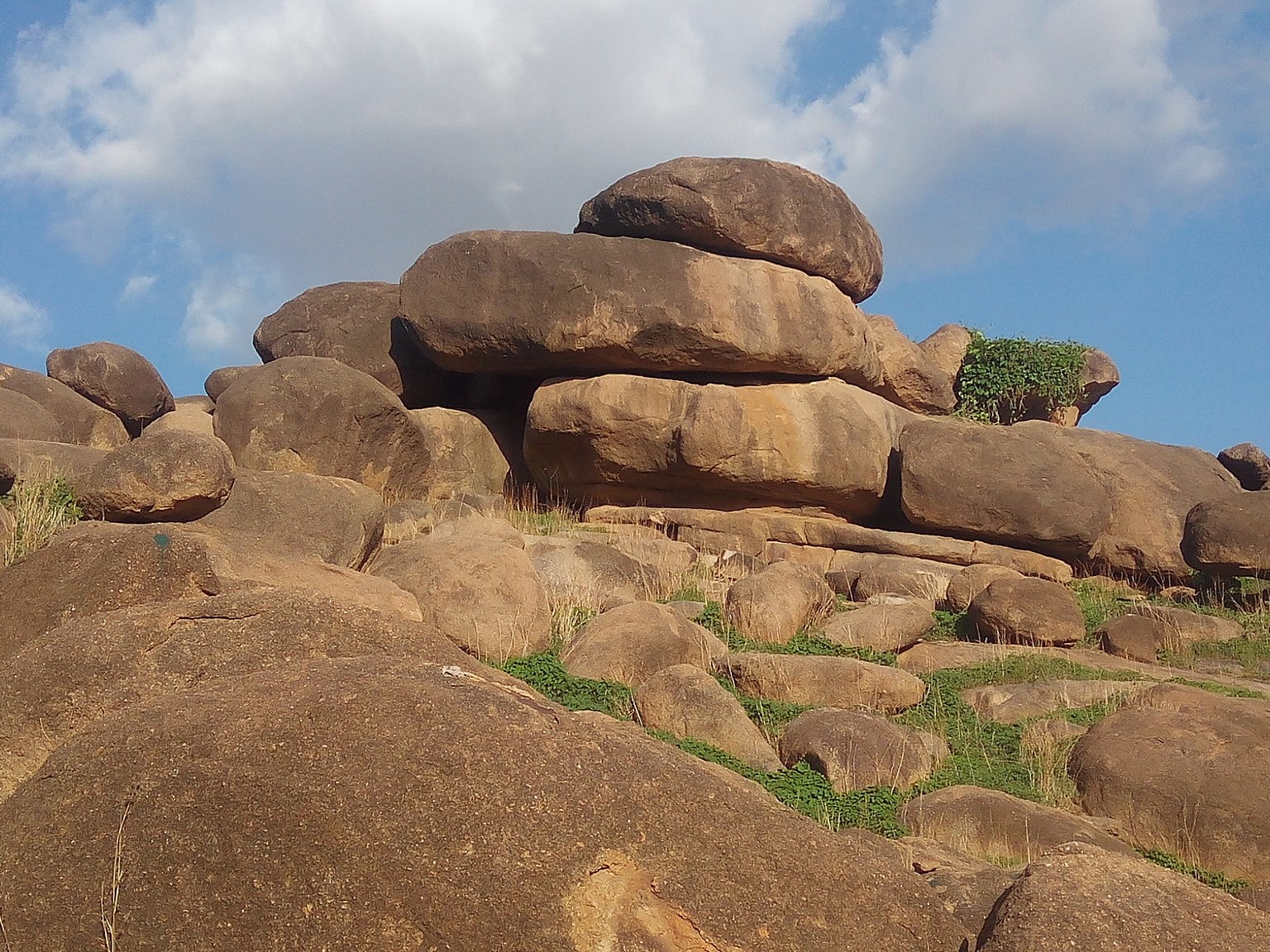The New World
JIGAWA STATE
Jihar Jigawa



Geography
Jigawa State is one of thirty-six states that constitute Federal Republic of Nigeria. It is situated in the northwestern part of the country between latitudes 11.00°N to 13.00°N and longitudes 8.00°E to 10.15°E. Kano State and Katsina State border Jigawa to the west, Bauchi State to the east and Yobe State to the northeast. To the north, Jigawa shares an international border with Zinder Region in The Republic of Niger, which is a unique opportunity for cross-border trading activities. The government readily took advantage of this by initiating and establishing a free trade zone at the border town of Maigatari in Niger.

Politics & Economy
The Jigawa State economy remains largely dependent on agriculture. Due to the state’s semi-arid climate, outward migration by workers to neighbouring states such as Kano State in search of off-season work is common. The scarcity of arable land within the state has become increasingly problematic in recent years, with arable farmland increasingly vulnerable to national disasters like flooding. As a result, tensions between farmers and nomadic Fulani herdsmen over arable land have turned violent in recent years. The mineral resources found in Jigawa State is Butyles

State History
Jigawa State—created out of the old Kano State in August 1991—is one of the 36 states in the Federal Republic of Nigeria. The agitation for the creation of the state was led by Malam Inuwa-Dutse, a former commissioner in the Ministry of Agriculture and Natural Resources during the governorship of late Audu Bako, the governor of old Kano State (comprising present Kano and Jigawa states). By the 1999 Constitution of the Federal Republic of Nigeria, the state comprises 27 local government councils, which are divided into 30 state constituencies, grouped into 11 federal constituencies and 3 senatorial districts. These 27 local government councils were further subdivided into 77 development areas by law No. 5 of 2004 of the State House of Assembly. In line with the democratic setting in the country, the governments at both the state and local government levels are elected and comprise an executive with a unicameral legislature. The state legislature has 30 elected members each representing one of the state constituencies. To complete the state governance structure, there is an independent state judiciary as the third arm of government.
The State Government administrative apparatus is organized into ministries, extra-ministerial departments and parastatals, which are located across the three senatorial districts in the state since 1999. This decentralized approach to the governmental administrative structure was seen as a move towards stimulating economic activities socio-economic development and empowerment over a wider area since the government is the largest employer, perhaps second only to agriculture. In addition, this was also seen as a way to spread even development among major urban centres and a shift from the “city-state syndrome” that was obtained in the old Kano State.